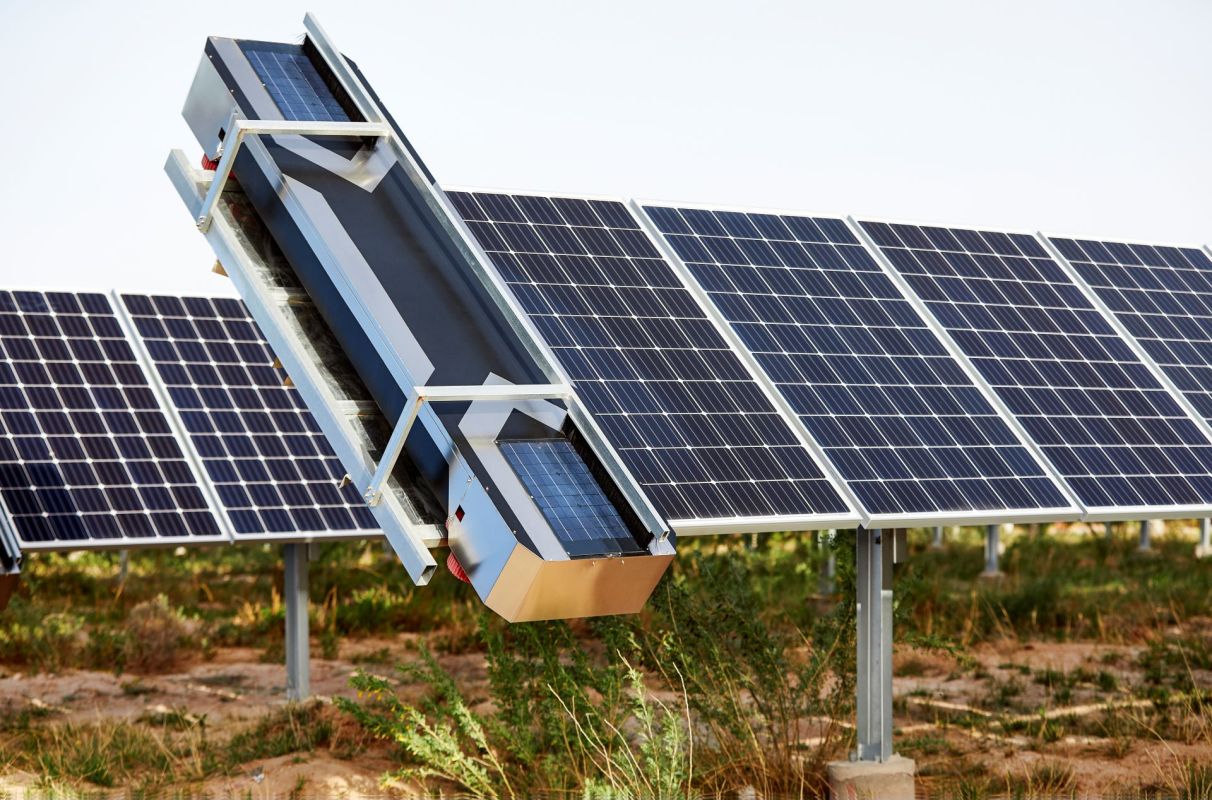Automation is rapidly changing the world and how business is done, and now it's helping to grow solar farms in a much more efficient manner with very large robots.
How does modern automation help the solar industry?
Modern automation systems are much quicker, more efficient, and smarter with the recent advances in artificial intelligence (AI). Today, robots are helping install solar capacity across the United States.
The San Francisco-based startup Built Robotics is using robots to scale up major solar installation projects.
According to the Solar Energy Industries Association, as reported by Canary Media, around 12 gigawatts of utility-scale solar capacity was installed in the U.S. just last year. Meanwhile, close to 360 gigawatts of new solar capacity is expected to be implemented before the end of the decade, thanks, in large part, to incentives in the Inflation Reduction Act.
Why you should care about solar energy reducing air pollution
The burning of dirty energy sources, such as oil and gas, to power factories and our homes creates harmful pollution that is heating the planet and contributing to more droughts and heatwaves, as well as more powerful storms and floods.
In 2021, global activities using dirty energy released nearly 41 billion tons of planet-warming carbon pollution into the air we breathe, according to Our World in Data.
Jennifer Francis, a leading climate scientist, says that if we don't take action soon enough, "extreme heatwaves, drought, wildfires and flooding events like those we've seen in recent summers will become commonplace," as reported by The Guardian.
How solar energy helps the problem
A single acre of solar panels can prevent the release of up to about 300,000 pounds of planet-warming gases each year, per a post by Columbia Climate School, which means solar energy has the potential to transform the way industry affects the planet in a very positive way.
But solar energy can also save homeowners lots of money in the long term. Forbes reports that the average U.S. household with a robust solar energy system could save $1,500 per year.
What's in store for the future?
Solar energy has become much more affordable much sooner than experts had predicted, thanks, in large part, to recent advances in technology. With even more advanced technology, like AI and robots making the automation of the solar industry even more efficient, we can expect prices to go down even more.
"When we first started working on solar projects, we were putting in trenching for [alternating-current] and [direct-current] lines, but we found that there was a lot more that could be automated, because a solar farm is a very consistent building environment," said Erol Ahmed, director of communications at Built Robotics, as reported by Canary Media.
Last year, Fortune Business Insights reported that the solar energy industry's market size would grow by nearly 7% per year to 2028. With recent technological developments, the industry's growth may have been underestimated as the solar revolution is just getting started.
Join our free newsletter for weekly updates on the coolest innovations improving our lives and saving our planet.









